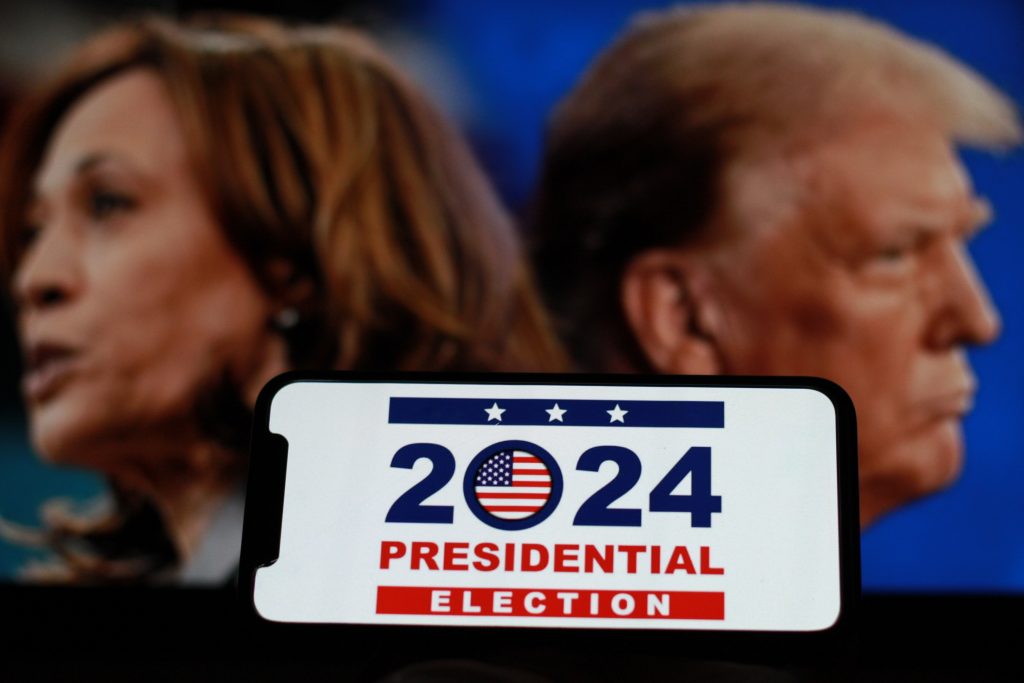The global oil market remains in a state of flux, with prices hovering near 14-month lows. A combination of factors, including unexpected inventory draws, OPEC+ decisions, and persistent demand concerns, have contributed to this volatile landscape.
Inventory Dynamics and OPEC+ Intervention
A significant factor influencing oil prices has been the recent dynamics in U.S. crude oil inventories. Despite a substantial withdrawal during the week ended August 30, surpassing analyst expectations, market sentiment remains cautious. This is largely due to concerns about future demand, particularly in the United States and China.
To counter these demand pressures, the OPEC+ alliance has announced a delay in planned output increases for October and November. While this move is intended to tighten global supply and support prices, its effectiveness remains uncertain.
Demand Concerns, Volatility
The ongoing uncertainty surrounding global economic conditions, particularly in the United States and China, continues to weigh on oil demand. The potential for a slowdown in these major economies could lead to reduced fuel consumption and lower oil prices.
Furthermore, the recent increase in U.S. gasoline inventories has added to the bearish sentiment in the market. This suggests that despite the OPEC+ decision, there may be a surplus of oil in the coming months.
Outlook
The future trajectory of oil prices remains highly dependent on a number of factors, including global economic growth, geopolitical developments, and the effectiveness of OPEC+ policies. While the recent inventory draw and OPEC+ delay may provide some short-term support, the long-term outlook for the oil market remains uncertain.
As investors and policymakers continue to monitor these developments, it is essential to remain vigilant and adapt to the evolving dynamics of the global energy landscape. The challenges and opportunities presented by the current oil market environment will undoubtedly shape the future of the energy sector.
Key Figures to Consider:
Brent futures were down 1 cent to settle at $72.69 a barrel, while US West Texas Intermediate (WTI) crude fell 5 cents, or 0.1%, to settle at $69.15.”
That was the lowest close for Brent since June 2023 for a second day in a row and the lowest close for WTI since December 2023 for a third day in a row.
“The U.S. Energy Information Administration said energy firms pulled 6.9 million barrels of crude out of storage during the week ended Aug. 30.
That was much bigger than the draw of 1 million barrels analysts forecast in a Reuters poll, but was in line with the draw of 7.4 million barrels reported by the American Petroleum Institute industry group on Wednesday.
OPEC+ agreed to delay a planned oil output increase for October and November, and said it could further pause or reverse the hikes if needed.
OPEC+ decision has the effect of tightening fourth-quarter balances by about 100,000-200,000 barrels per day (bpd) and should be sufficient to prevent material builds even if demand from China does not improve.
After energy firms added a surprise 0.8 million barrels of gasoline to U.S. stockpiles last week, U.S. gasoline futures fell to their lowest close since March 2021.
Modest price movement is attributed to a couple factors: First, previous reports had already hinted at OPEC delaying production increases, so ‘some of the news was already priced in as of today.
Second, the decision only delays ‘relatively small production increases by two months,’ resulting in only a moderate ‘reduction in expected supply. Despite this development, Range-bound view for oil prices are maintained by most commentators of $77 to $85 per barrel, with a target of $74 per barrel by December 2025.
Oil Prices Plummet as Election Looms
A set of factors is driving down oil prices, potentially benefiting Vice President Kamala Harris who faces economic challenges As the US election nears its end, a combination of weakened Chinese economy, restored Libyan production, and the post-summer driving season has contributed to a sharp decline in oil prices. OPEC+, despite recent fluctuations in its production plan, is generally expected to continue unwinding its voluntary output curbs.

Analysts believe that a combination of foreign investment in OPEC+ nations and the desire to maintain cartel unity is driving these decisions. The group’s ability to quickly adapt through virtual meetings has facilitated these changes. If the current trend continues, gasoline prices could fall below $3 per gallon in the next two months, providing a potential boost to Harris’s political standing.
 Noor Trends News, Technical Analysis, Educational Tools and Recommendations
Noor Trends News, Technical Analysis, Educational Tools and Recommendations





